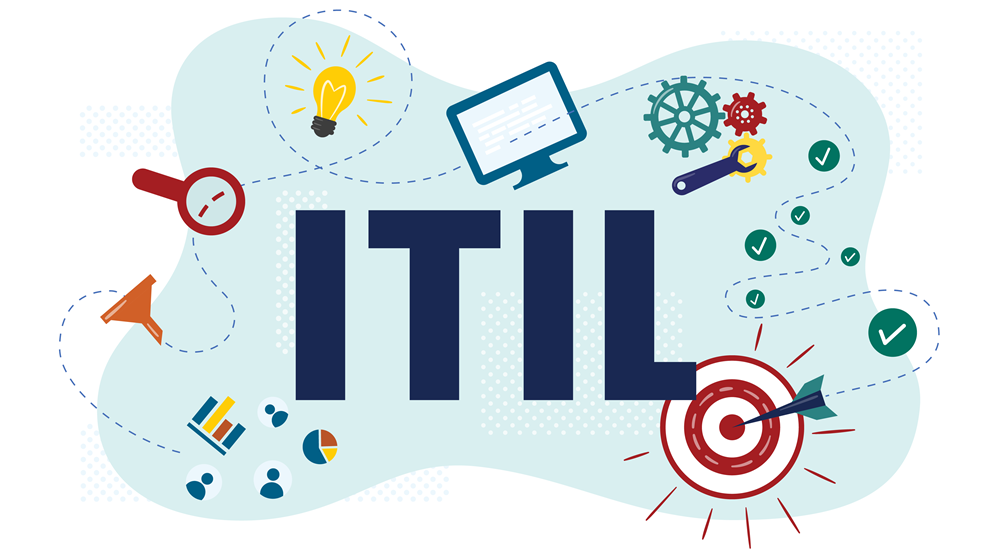How SEL Can Improve Student Behavior and Academic Performance
In a world where academic success is often prioritized over emotional well-being, Sel In Classrooms offers a powerful solution. By focusing on developing students’ interpersonal skills and self-awareness, SEL has the potential to not only improve student behavior but also enhance academic performance. Let’s explore how implementing SEL initiatives in schools can create a more positive and productive learning environment for all students.
Strategies for Implementing SEL in the Classroom
Implementing social and emotional learning (SEL) in the classroom can have numerous benefits for both students and teachers. However, it is important to have a well-planned strategy in place to effectively integrate SEL into daily classroom activities. Here are some key strategies that teachers can use to successfully implement SEL in their classrooms:
- Create a Safe and Supportive Environment: A positive and nurturing environment is crucial for fostering SEL skills amongst students. Teachers should strive to create a safe space where students feel comfortable expressing themselves without fear of judgement or criticism.
- Model SEL Skills: Teachers play a vital role in promoting SEL by modeling the skills they want their students to learn. This includes demonstrating empathy, active listening, problem-solving, and self-regulation techniques.
- Use Evidence-Based Programs: There are various evidence-based programs available that provide structured lessons and activities for developing SEL skills in students. These programs offer a systematic approach that allows teachers to seamlessly incorporate SEL into their lesson plans.
- Make Use of Daily Routines: Incorporating SEL into daily routines such as morning meetings, group discussions, or reflection time can be an effective way to infuse these skills into everyday interactions with students.
- Encourage Peer-to-Peer Interaction: Collaborative learning experiences provide opportunities for students to practice interpersonal skills such as cooperation, communication, and conflict resolution. Teachers can design group projects or cooperative learning tasks that require students to work together towards a common goal.
- Integrate Media Literacy: In today’s digital age, it is essential to teach students how to critically analyze media messages and navigate social media responsibly. Integrating media literacy into SEL instruction can help develop critical thinking skills along with promoting responsible decision-making.
- Incorporate Mindfulness Practices: Mindfulness practices have been shown to improve self-awareness, self-control, and overall well-being among both children and adults alike. Teachers can incorporate short mindfulness exercises such as deep breathing, body scans, or guided meditations into their daily routines.
- Involve Families and Communities: SEL is most effective when it is reinforced outside of the classroom as well. Teachers can involve families and communities by sharing resources, hosting workshops, and providing opportunities for parents to practice SEL skills at home with their children.
Implementing SEL in the classroom requires a multi-faceted approach that involves creating a supportive environment, modeling skills, using evidence-based programs, incorporating daily routines and practices, involving peers and families, and integrating media literacy. By incorporating these strategies into their teaching practices, teachers can promote positive behavior and academic success in their students while also fostering a culture of social-emotional well-being within the classroom.
Measuring the Success of SEL Programs
Measuring the success of Social Emotional Learning In Classroom is essential in understanding their impact on students’ behavior and academic performance. Without proper evaluation, it becomes difficult to determine whether these programs are making a positive difference or not.
Conclusion: Why Every Classroom Needs to Prioritize SEL
In today’s fast-paced and constantly changing world, it is more important than ever for students to not only excel in academics but also develop essential social and emotional skills. Social and Emotional Learning (SEL) has been proven to have a significant impact on student behavior and academic performance. In this blog, we have discussed the various ways in which SEL can improve student behavior and academic success. Now, let us delve deeper into why every classroom should prioritize SEL.

